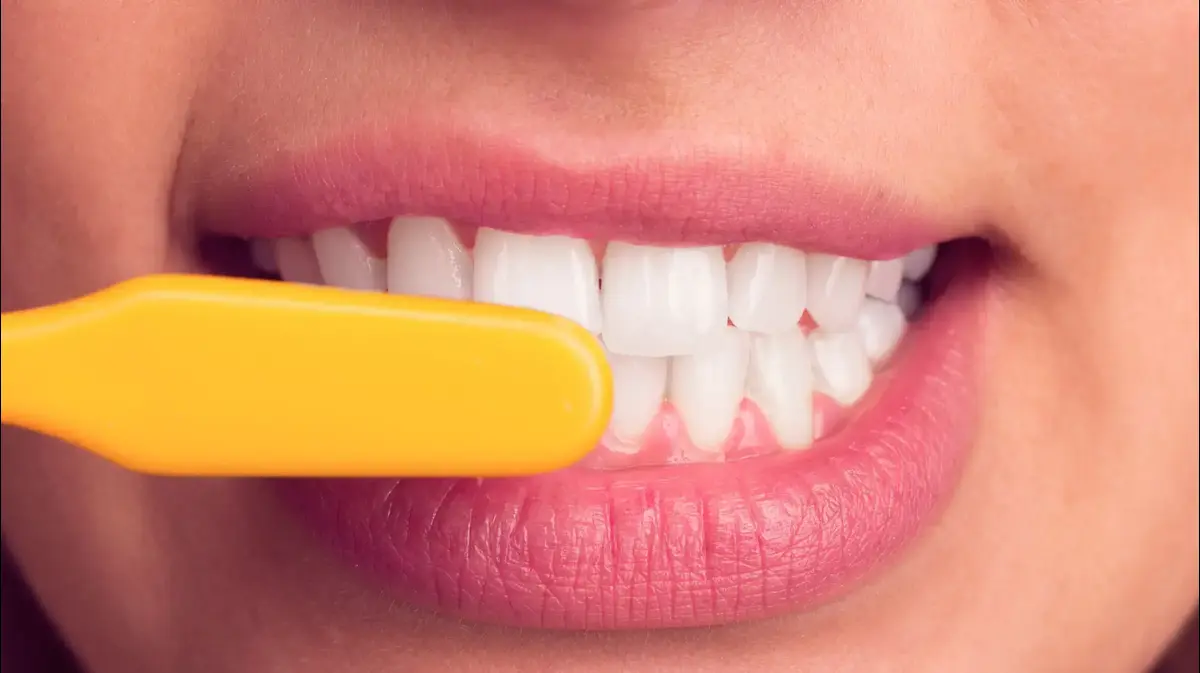In their transition towards adulthood, many adolescents present behavioral problems and take ill-calculated risks, such as aggressive incontinence, drug use or unprotected sexual relations.
That's the bad new.
The good news is that this behavior corresponds to a transitory vital period that does not always compromise the personal future of young people.
Years ago, neuroscientist Jay Giedd, from the National Institute of Mental Health, in Bethesda (Maryland, USA), released the results of an impressive longitudinal study, begun in 1991, in which, through magnetic resonance imaging every two years, observed the evolution of the brain of more than 2000 children from 3 to 25 years old.
Although by the age of 12 or 13 the brain already has a size, folding and regional specializations comparable to those of the adult, the research showed that, even then, at that age, it still has a long way to go to mature.
With the results obtained, Giedd's team made a surprising movie that shows that the brain's gray matter (neurons) increases during childhood, but when reaching adolescence it begins to progressively thin out following a wave that begins in the posterior parts of the brain. and advances towards the anterior and prefrontal, which it does not reach until almost adult age.
It also happens that this process of brain thinning takes place earlier in girls than in boys, which is consistent with the well-known fact that girls mature earlier and by doing so they feel more comfortable relating to boys older than them than to boys. your same age.
Years later, Giedd informed us that this maturation process could take longer than expected in the second decade of young people.
Be that as it may, the increase in the number of neurons and their connections represents a cerebral revolution that seems to explain the complex mental world in which the adolescent is immersed, as well as his discrepancies of opinion and lack of empathy with adults.
Since the anterior parts of the brain, the prefrontal ones, are also the ones that finally mature and these parts are highly involved in reasoning, decision-making and emotional control, this evolution could also explain why adolescents misvalue risks and have difficulties to control their aggressive impulses.
The adolescent transit could determine, therefore, the final condition of the young, that is, their adult maturity.
Consistent with that hypothesis,
It was then necessary to know what happens in the brain during this transit and what biological and environmental factors could modify it, accelerating it or repressing it.
Giedd then suggested a kind of neural adjustment or "pruning", genetically programmed, capable of being modulated according to the type of life or activities of the adolescent.
Metaphorically, it would be something like if, after a period of rain, the overgrown garden was pruned to eliminate the leftovers and give it a better shape.
The "scissors" of this pruning in the case of the brain that concerns us could be activities such as sports, music, social relations or perhaps some type of particular education of young people.
“Use the connections your brain creates fresh out of childhood, or lose them,” it was once said,
To clear up doubts, researchers are now trying to find out how the adolescent brain evolves in mammals such as mice, susceptible to experimental manipulations, and the results are not without promise.
Thus, a team of neuroscientists from several North American universities has observed that experimentally reducing the activity of the thalamus (brain structure involved in the processing of sensory stimuli) during adolescence decreases the neuronal connections between that structure and the prefrontal cerebral cortex, in addition to hindering the learning in the adult mouse, which did not occur when the same manipulation was practiced in the adult mouse and not during adolescence.
Consistently, stimulation of the thalamus in the deficient adult mice caused them to return to normal,
This indicates that the stimulation of the prefrontal cerebral cortex by neurons of the thalamus and the establishment of connections between these structures during adolescence is an important mechanism for the maturation of the cerebral cortex.
The work, published in the prestigious magazine
Nature Neuroscience
opens the door to potential therapeutic treatments for disorders related to brain development.
Another important factor capable of influencing adolescent brain maturity is sleep.
This has been revealed by a team of neuroscientists, this time from Stanford University (California), by observing that the normal preference of adult mice for novelty (just like people, mice are more interested in an object or new congener than in a familiar one) is consistently modified if their sleep is disturbed during their adolescence.
Thus, adolescent mice that slept poorly stopped preferring novelty as adults, and this change was related to a loss of brain dopamine release in response to novelty.
Further experiments with transgenic mice showed that chemically restoring sleep during adolescence could also restore adult social novelty preferences.
The work, also published in
Nature Neuroscience
, suggests that sleep and dopamine in adolescents could be determinants of the development of social relationships in adults.
Although the aforementioned findings have taken place in rodents, that is, in lower mammals, since evolution is conservative, it is not ruled out that similar processes also take place in the human adolescent brain and that some neurodevelopmental anomalies, such as delayed maturation of some young people, or even more serious disorders such as schizophrenia, could be related to this lack of stimulation of the thalamus during adolescence.
Similarly, sleep disturbances and dopamine in adolescents could even be involved in disorders such as autism, characterized by deficits in interpersonal relationships and also, as the authors of the aforementioned experiments have suggested, in the adult conformation of traits of “ personality,” such as extraversion or introversion in humans.
Gray matter
it is a space that tries to explain, in an accessible way, how the brain creates the mind and controls behavior.
The senses, motivations and feelings, sleep, learning and memory, language and consciousness, as well as their main disorders, will be analyzed in the conviction that knowing how they work is equivalent to knowing ourselves better and increasing our well-being and relationships with other people.
You can follow
MATERIA
on
,
and
, or sign up here to receive
our weekly newsletter
.





/cloudfront-eu-central-1.images.arcpublishing.com/prisa/B7LCJ3CRIVBPVFWM5VSJJFE7CI.jpg)



